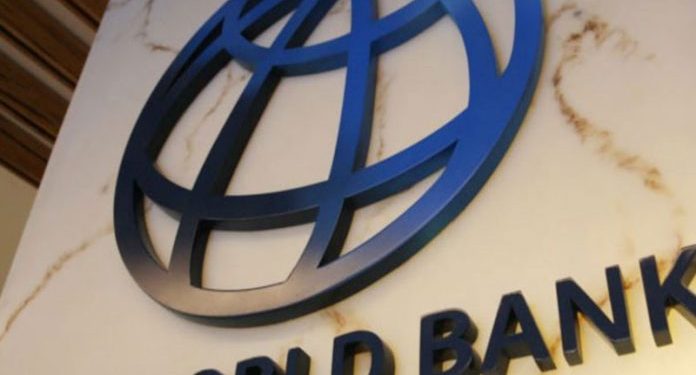A new World Bank report has revealed that external debt stocks of low and middle-income countries combined rose 5.3 per cent in 2020 to $8.7 trillion. In specifics, it noted that the COVID-19 pestilence of 2020 destabilized the economy of Nigeria and other low-income countries, triggering a debt increase that rose by 12 per cent to $860 billion by the end of last year.
The global bank says that debt reduction, restructuring, and transparency will be greatly needed to help the low-income countries overcome debt challenges.
The World Bank explained that prior to the pandemic, many low- and middle-income countries were in a vulnerable position, with slowing economic growth and public and external debt at elevated levels. According to the new International Debt Statistics 2022 report, an encompassing approach to managing debt is needed to help low- and middle-income countries assess and curtail risks and achieve sustainable debt levels.
“We need a comprehensive approach to the debt problem, including debt reduction, swifter restructuring and improved transparency,” said World Bank Group President David Malpass. “Sustainable debt levels are vital for economic recovery and poverty reduction.”
The deterioration in debt indicators was widespread and impacted countries in all regions.















